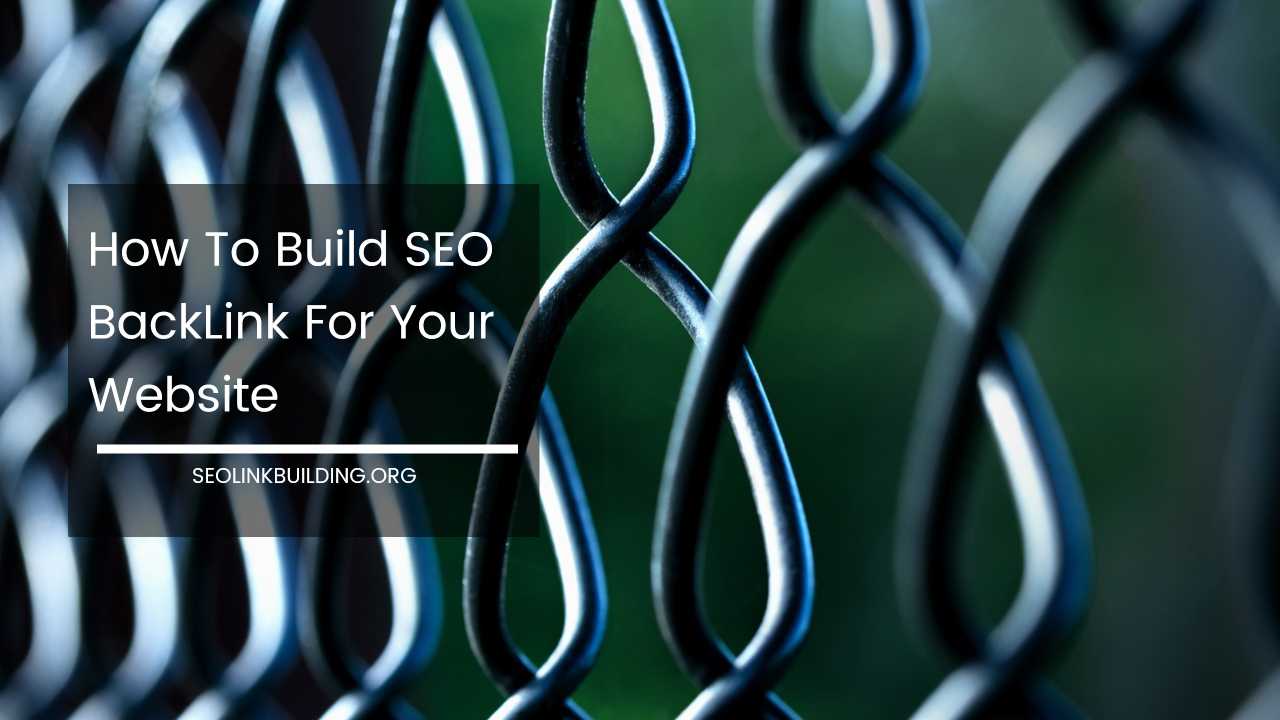SEO vs. PPC: Differences, Pros, Cons, & Which to Choose

SEO vs. PPC
SEO vs. PPC: A Comprehensive Guide
In the world of digital marketing, Search Engine Optimization (SEO) and Pay-Per-Click (PPC) advertising are two of the most effective strategies for enhancing online visibility and driving traffic to websites.
Both SEO and PPC aim to increase a site’s prominence on search engines, but they operate on different principles and offer unique benefits and challenges.
This comprehensive guide explores the fundamental differences between SEO and PPC, their respective advantages and disadvantages, and provides insights into which approach may best align with your business objectives.
Understanding SEO and PPC
Search Engine Optimization (SEO) is a methodical approach aimed at improving a website’s organic search rankings. It involves optimizing various components of a website—such as content, structure, and technical aspects—to align with search engine algorithms.
The ultimate goal is to enhance a website’s relevance and authority, thereby increasing its visibility in search engine results pages (SERPs) and driving organic traffic over time.
SEO is generally considered a long-term strategy that requires ongoing effort and adaptation to algorithm changes.
Pay-Per-Click (PPC) advertising, on the other hand, is a model of internet marketing where advertisers pay a fee each time one of their ads is clicked.
PPC campaigns can appear on search engines, social media platforms, and other digital networks. This approach provides immediate visibility and targeted traffic but necessitates continuous financial investment to maintain ad placements.
PPC offers precise control over targeting, budgeting, and performance tracking, making it a flexible and measurable strategy for driving traffic.
Key Differences Between SEO and PPC
To better understand the distinct characteristics of SEO and PPC, it’s essential to compare their features, benefits, and challenges:
| Feature | SEO | PPC |
|---|---|---|
| Cost | Free (apart from initial optimization efforts) | Paid per click |
| Timeframe | Long-term (months to years) | Immediate |
| Visibility | Organic rankings | Paid placement |
| Traffic | Organic and targeted | Targeted |
| Sustainability | Can be sustainable with ongoing maintenance | Requires consistent investment |
SEO: Pros and Cons
Pros of SEO:
- Long-Term Benefits: One of the most significant advantages of SEO is its potential for long-term results. Once a website achieves high rankings, it can continue to attract organic traffic for an extended period, often without additional costs beyond ongoing maintenance. This longevity makes SEO a cost-effective strategy over the long run.
- Higher Credibility: Users tend to trust organic search results more than paid ads. High rankings in organic search results can enhance a website’s credibility and perceived authority, which can be particularly beneficial for building brand reputation and trust among users.
- Lower Cost Per Acquisition (CPA): Although SEO requires an initial investment of time and resources, it often results in a lower cost per acquisition compared to PPC. This is because, once established, SEO-driven traffic can be less expensive to maintain than continually funding PPC campaigns.
- Improved Brand Visibility: A well-executed SEO strategy helps establish a website as a reputable authority within its industry. High organic rankings can lead to increased brand visibility, recognition, and trust, which are crucial for long-term success.
Cons of SEO:
- Slow Results: One of the primary drawbacks of SEO is the time required to see significant results. Improving organic rankings can take several months, or even years, depending on the competition and the effectiveness of the optimization efforts. This delayed gratification can be challenging for businesses needing immediate outcomes.
- Competitive: SEO can be highly competitive, especially for industries with established players and high-value keywords. Achieving and maintaining top rankings in such competitive environments can require substantial effort, continuous optimization, and adaptation to algorithm changes.
- Ongoing Maintenance: SEO is not a set-it-and-forget-it strategy. It requires regular updates, monitoring, and adjustments to stay aligned with search engine algorithms and maintain high rankings. This ongoing effort can be resource-intensive and may require dedicated personnel or external expertise.
- Algorithm Updates: Search engines frequently update their algorithms, which can impact rankings and necessitate changes in SEO strategies. Staying informed about algorithm updates and adapting strategies accordingly is essential for maintaining search visibility and avoiding potential drops in rankings.
PPC: Pros and Cons
Pros of PPC:
- Immediate Results: PPC offers the advantage of instant visibility and traffic. Once a campaign is launched, ads can appear in search results almost immediately, making it an ideal option for time-sensitive promotions, product launches, or events.
- Targeted Traffic: PPC campaigns allow for precise targeting of specific audiences based on demographics, interests, and behaviors. Advertisers can use various targeting options, such as location, device, time of day, and keyword match types, to reach the most relevant users for their products or services.
- Measurable Results: One of the most significant benefits of PPC is its ability to provide detailed analytics and performance tracking. Advertisers can measure key metrics such as click-through rates (CTR), conversion rates, cost per click (CPC), and return on investment (ROI), enabling data-driven decision-making and campaign optimization.
- Flexibility: PPC campaigns offer a high degree of flexibility in terms of budget allocation, ad copy, and targeting. Advertisers can quickly adjust bids, modify ad creatives, and refine targeting based on performance data, allowing for real-time optimization and experimentation.
Cons of PPC:
- Ongoing Costs: PPC advertising requires continuous financial investment to maintain visibility. The cost per click can accumulate rapidly, especially in competitive industries or for high-value keywords. Businesses must carefully manage their budgets and monitor campaign performance to ensure a positive ROI.
- Click Fraud: Click fraud, where non-genuine clicks inflate costs, is a potential issue in PPC advertising. Fraudulent clicks can result in wasted budget and reduced ROI. To mitigate click fraud, businesses can use fraud detection tools and monitor their campaigns for unusual activity.
- Limited Organic Reach: PPC ads will only appear in search results as long as the budget is available. Once the budget is exhausted or the campaign is paused, the ads will no longer be visible. This limitation can affect long-term visibility compared to organic search results.
- Ad Fatigue: Over time, users may become less responsive to PPC ads, a phenomenon known as ad fatigue. To combat ad fatigue, advertisers should regularly refresh ad creatives, test different messaging, and experiment with new approaches to keep the audience engaged.
Choosing Between SEO and PPC
Deciding between SEO and PPC requires careful consideration of several factors, including your budget, timeline, goals, and target audience. Here’s a detailed look at how these factors can influence your choice:
- Budget: Budget constraints play a significant role in determining whether SEO or PPC is the better option. SEO involves an initial investment in optimization efforts, but once established, it can provide long-term benefits with relatively lower ongoing costs. PPC, on the other hand, requires continuous funding to maintain ad visibility and can be more suitable for businesses with the financial capacity to invest in ongoing campaigns. For businesses with a limited budget, focusing on SEO may be a more sustainable option in the long run.
- Timeline: The timeline for achieving results is a crucial consideration. If you need immediate traffic and visibility, PPC is the more suitable choice. PPC campaigns can generate traffic almost instantly, making it ideal for time-sensitive promotions or product launches. SEO, however, is a long-term strategy that requires patience and commitment. If you have the time to invest and are looking for sustainable results, SEO can provide valuable long-term benefits.
- Goals: Your business goals will significantly influence your decision between SEO and PPC. If your objective is to build long-term brand authority, establish credibility, and drive organic traffic, SEO is a strong choice. SEO helps position your website as a trusted source in your industry and can lead to sustained visibility. Conversely, if your goal is to generate leads or sales quickly, PPC can deliver faster results and targeted traffic. PPC campaigns allow for precise targeting and immediate visibility, making it effective for short-term goals.
- Target Audience: Understanding your target audience’s behavior and preferences is essential for making an informed decision. If your audience is actively searching for specific keywords and is likely to click on ads, PPC can be an effective way to capture their attention. On the other hand, if your audience is more inclined to discover your website through organic search results and values credible sources, SEO may be more suitable. Analyzing audience behavior and search intent can guide your choice between SEO and PPC.
A Hybrid Approach
Many businesses find that a hybrid approach, combining both SEO and PPC, yields the best results. This strategy allows you to leverage the strengths of both methods and achieve a well-rounded digital marketing presence. Here’s how combining SEO and PPC can be advantageous:
- Maximized Online Visibility: By employing both SEO and PPC, businesses can enhance their visibility across different sections of search engine results pages. SEO can establish a strong foundation for organic traffic, while PPC can drive targeted traffic through paid placements. This combined approach ensures a comprehensive presence and increased opportunities for attracting potential customers.
- Complementary Strategies: SEO and PPC can complement each other by addressing different aspects of user behavior. SEO focuses on long-term organic visibility, while PPC targets immediate search intent and specific demographics. Using both strategies allows you to capture users at different stages of their search journey and maximize your reach.
- Data-Driven Insights: PPC campaigns provide valuable data and insights that can inform SEO strategies. For example, data on high-performing keywords, user behavior, and conversion rates from PPC campaigns can help refine and optimize SEO efforts. Similarly, successful organic keywords can be integrated into PPC campaigns for improved performance.
- Testing and Optimization: PPC allows for rapid testing of keywords, ad copy, and landing pages. Insights gained from PPC testing can be applied to SEO strategies, such as optimizing content and targeting high-performing keywords. Conversely, effective SEO content and keywords can be used in PPC campaigns to drive additional traffic and conversions.
- Risk Mitigation: Relying solely on one strategy can be risky. For example, changes in search engine algorithms can impact SEO rankings, while budget constraints can limit PPC visibility. By employing both strategies, businesses can mitigate risks and maintain a balanced approach to their digital marketing efforts.
Final Thoughts
SEO and PPC are both powerful tools for increasing online visibility and driving traffic to websites, each offering unique benefits and challenges.
Understanding the differences between SEO and PPC, as well as their respective advantages and disadvantages, will help you make an informed decision about which approach aligns best with your business goals.
SEO offers long-term benefits, higher credibility, and a lower cost per acquisition but requires patience, ongoing maintenance, and adaptation to algorithm changes.
PPC provides immediate results, targeted traffic, and measurable performance but involves ongoing costs, click fraud risks, and potential ad fatigue.
Choosing between SEO and PPC depends on various factors, including your budget, timeline, goals, and target audience.
For businesses with a limited budget or long-term goals, SEO may be the more sustainable option. For those needing immediate results or short-term promotions, PPC can be highly effective.
A hybrid approach, combining both SEO and PPC, can offer the best of both worlds, maximizing online visibility and achieving comprehensive digital marketing success.
By leveraging the strengths of both strategies and considering your specific needs, you can develop a well-rounded digital marketing strategy that drives traffic, enhances brand visibility, and achieves your business objectives.













